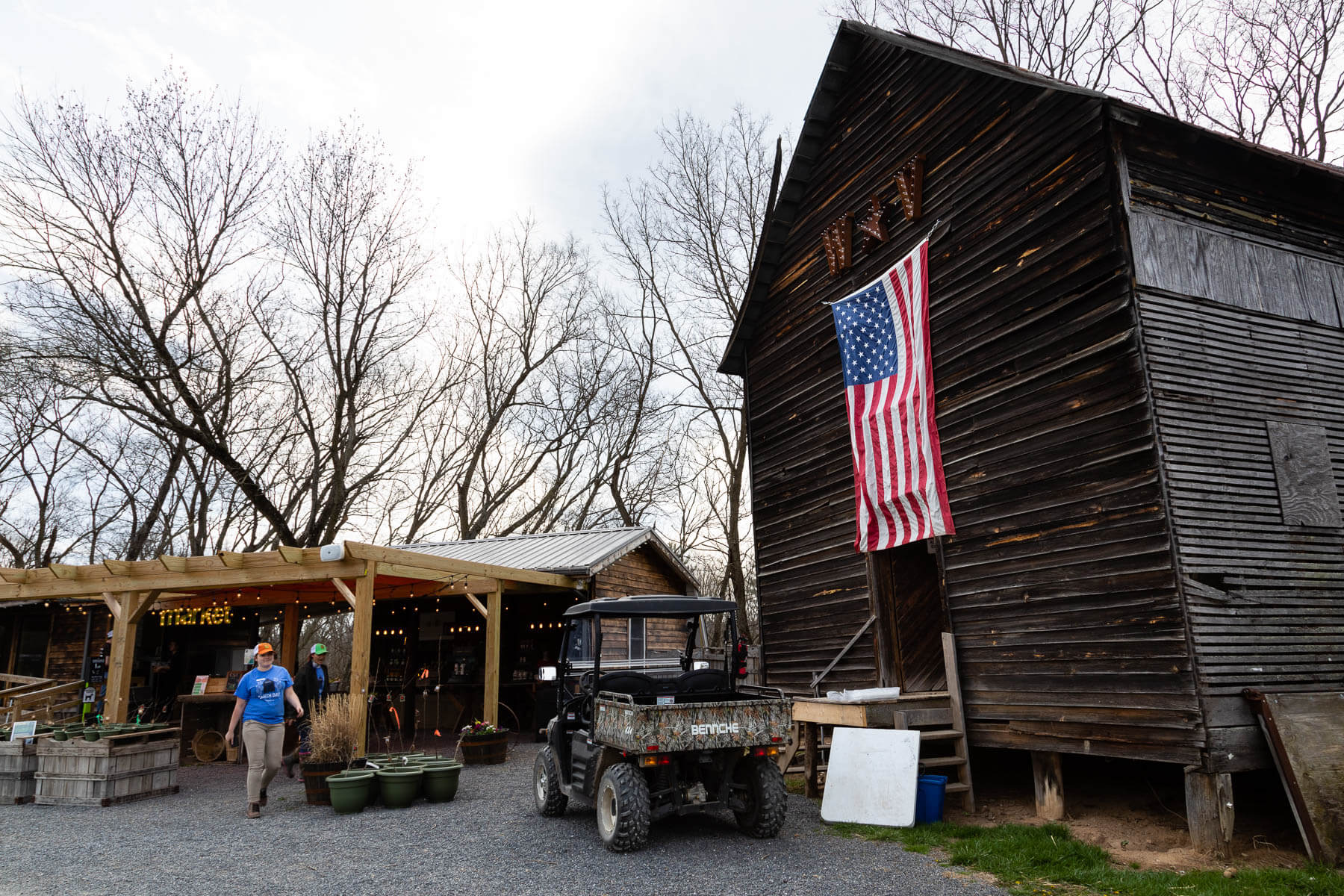Protecting water quality at the headwaters of the Chesapeake
Earth Day on the Farm event creates edible forest buffers

Last Sunday, April 22, the Chesapeake Bay Program partnered with the Wardensville Garden Market for their Earth Day on the Farm event. The Garden Market, located in Wardensville, West Virginia, is a working farm and nonprofit organization that focuses on providing local youth with opportunities in sustainable farming and small business management.
During the event, volunteers planted 150 trees and 120 bushes along the banks of the Cacapon River, which flows near the farm. The trees act as a buffer for the river by capturing and filtering nutrient runoff before it can enter the stream. Forest buffers also stabilize stream banks, prevent erosion, provide habitat for wildlife and keep streams cool for fish on hot days.
The trees and bushes are all fruit- or nut-bearing, so the buffer serves as an edible forest and can provide additional income for the farm. Vicki Johnson, director of partnerships and development at the Wardensville Garden Market, said that the farm has created around 45 jobs and she hopes to expand in coming years. She would also like to see more projects focused on habitat restoration for local wildlife.

The trees were provided by the Cacapon Institute, which works to protect and restore the Cacapon River and surrounding watersheds. This year, the Cacapon Institute is the recipient of the Arbor Day Foundation’s first-ever Headwaters Award. The award recognizes the Cacapon Institute for their work using trees and forests to protect the water quality of rivers, streams and ultimately the Chesapeake Bay.
Learn more about the role of trees play in protecting stream health.

Comments
There are no comments.
Thank you!
Your comment has been received. Before it can be published, the comment will be reviewed by our team to ensure it adheres with our rules of engagement.
Back to recent stories